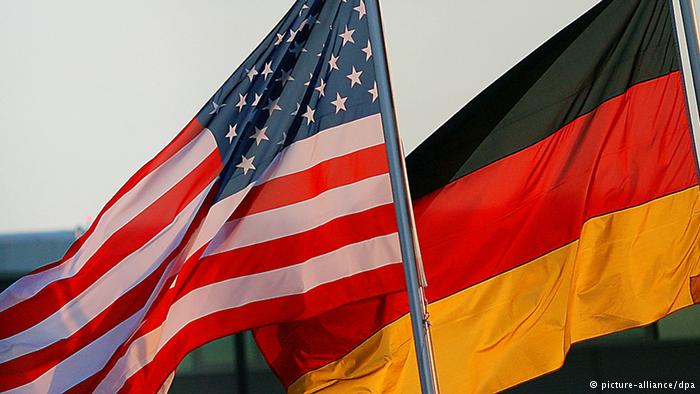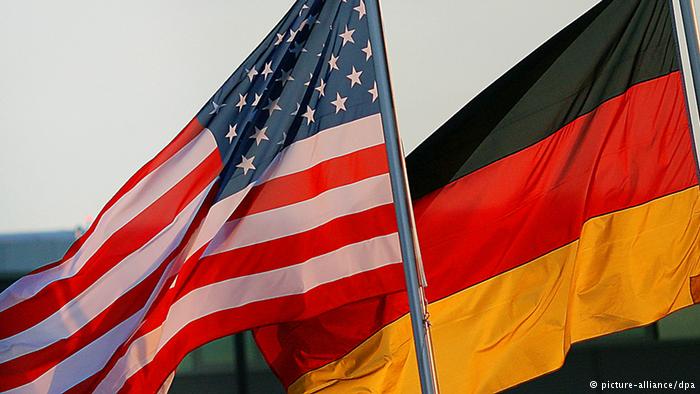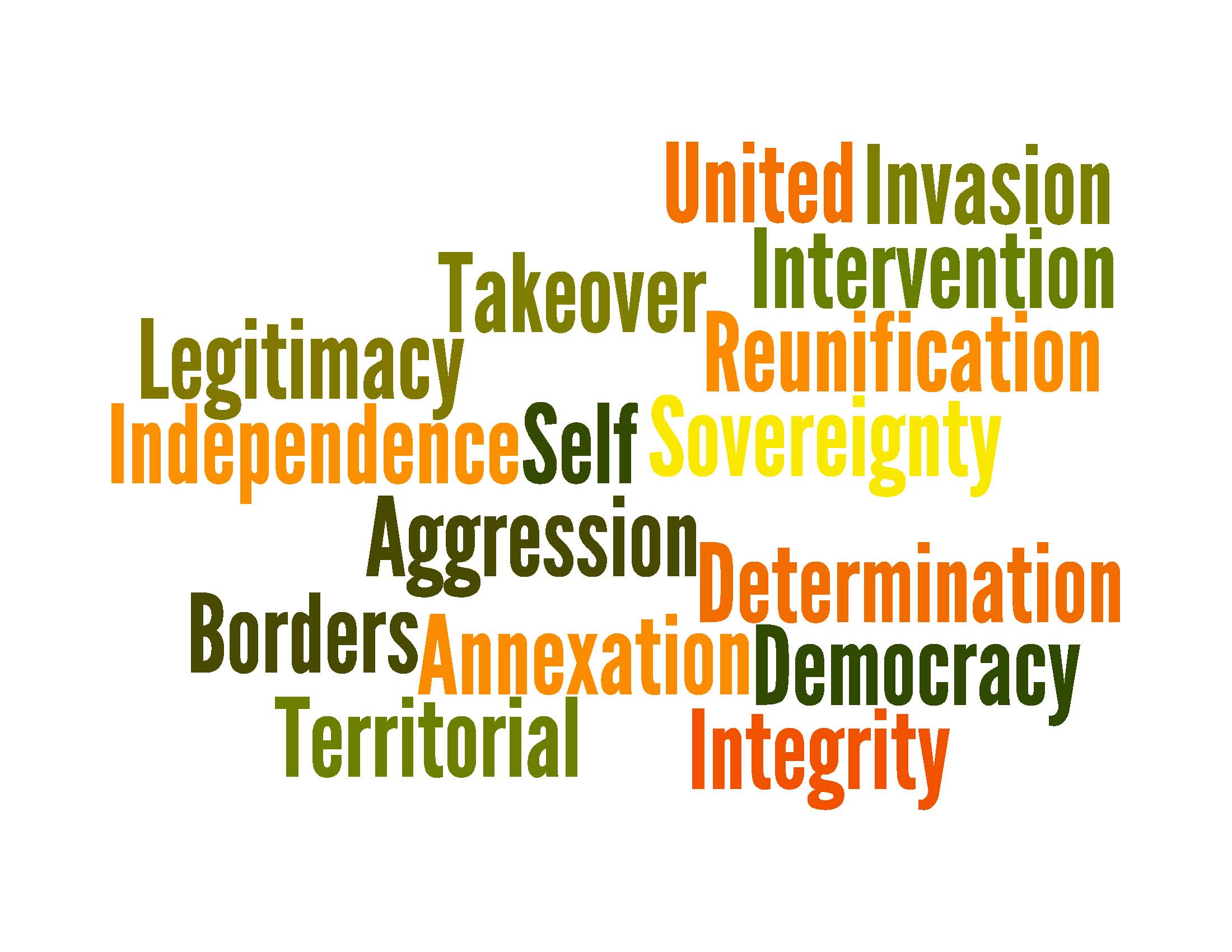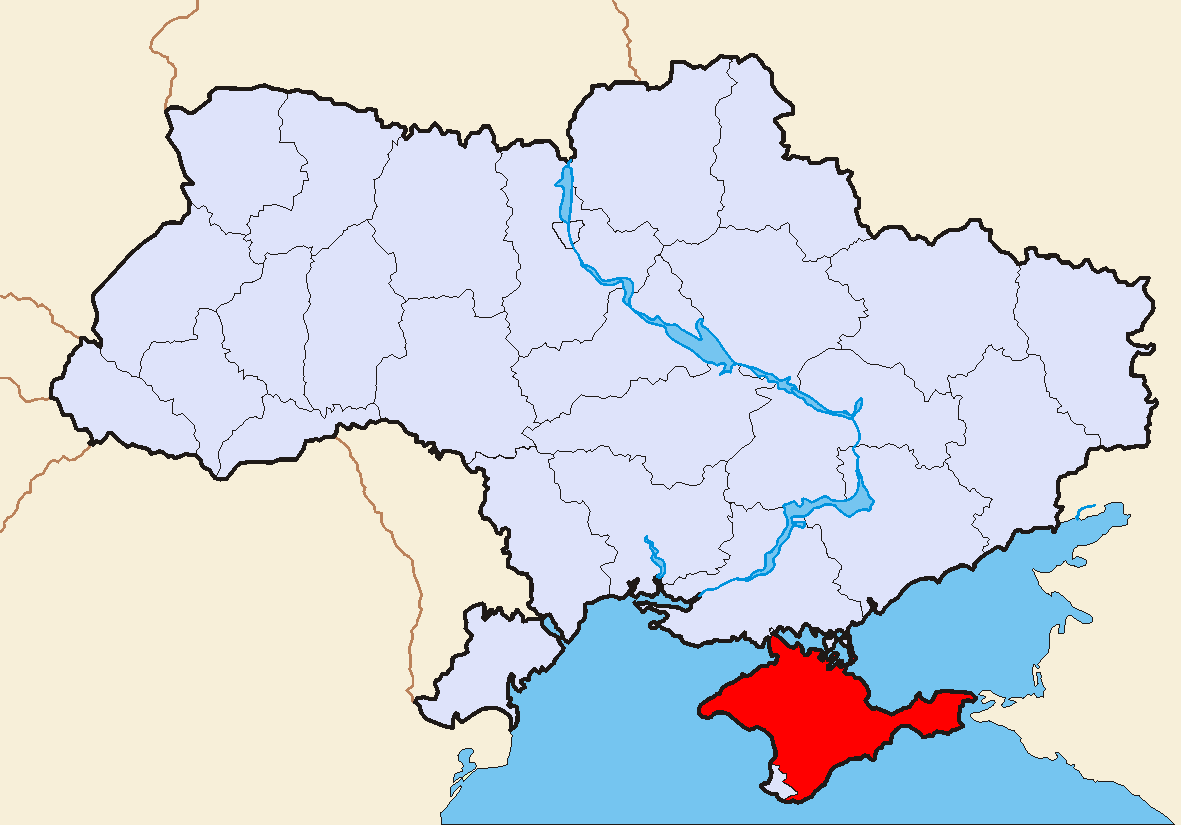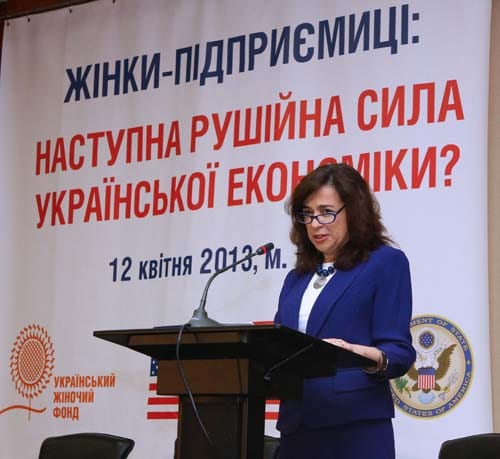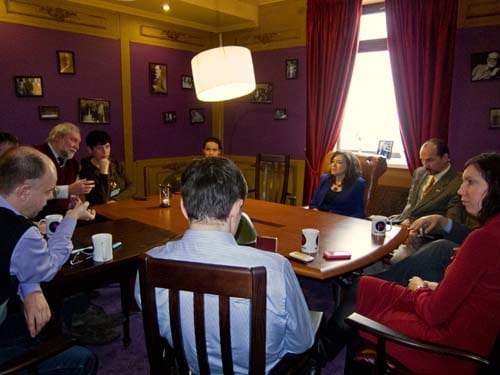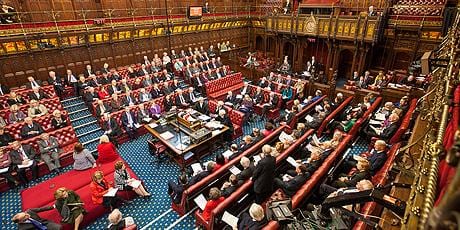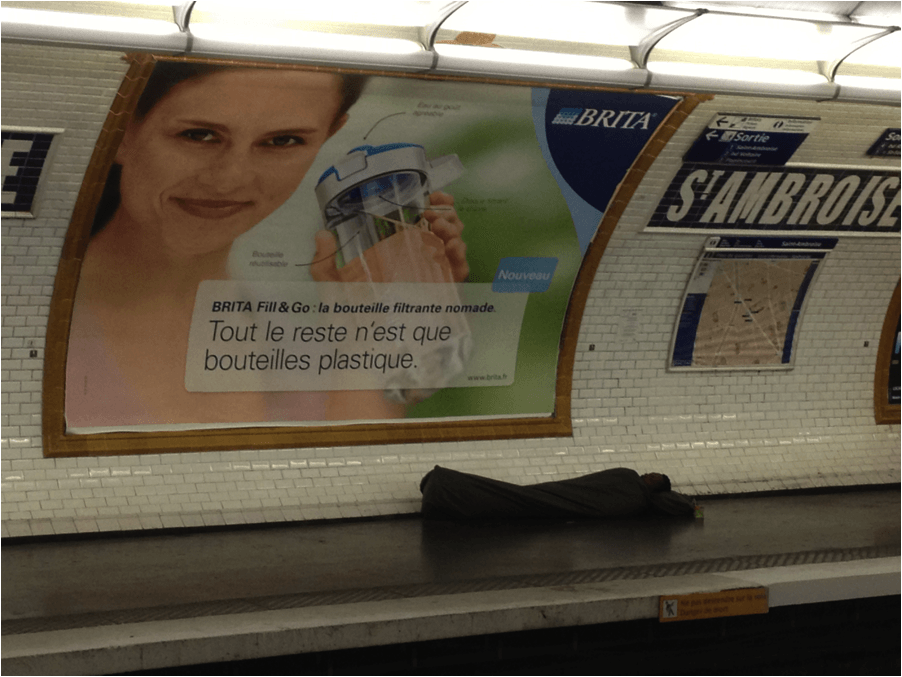
This is the second in a series of posts on life, culture, and politics in the U.S. and E.U. by Robert Entman, who spent 2012 as a Humboldt Research Prize Scholar at Freie Universität in Berlin. Read his previous post here.
Madrid is the first city we lived in (seven weeks there, seven months Berlin, three months Paris) and is the cleanest of them. Every day, I believe, Plaza de la Paja, the oldest square in Madrid, on which we lived, was hosed down, and garbage collected. Contrary perhaps to stereotype, Berlin was dirtier than Madrid (and Paris dirtier than both). Berlin’s city government is under-funded and among other things this creates a problem with litter, because trash receptacles are tiny and overflow quickly. Saw much less street cleaning and hosing down in Berlin than in Madrid and Paris.
On the other hand, the subway stations and cars in Berlin were very clean. Subway stations in Paris were quite dirty and also full of homeless people sleeping (and in one case having autoerotic sex inside a sleeping bag) at all hours. Paris, too, featured more poop left unscooped and pee everywhere. Despite the Spanish economic crisis, for reasons I certainly don’t understand, Madrid maintained a policy commitment to keeping the city feel clean and pleasant, and that’s good for the economy and the humans living in it.
Madrid is well known for its wacky late-hour dining. This, too, is a part of its felicitous charm. It must have something to do with the sunny and warm climate facilitating life outdoors. Even in January when it’s relatively cold, everyone eats outdoors (blankets provided). There is a public warmth, a visible enjoyment of life and laughter, a sense of community in the restaurants and the crazy long late lunches and dinners.
Lunch tends to start around 1:30 and go to 3:30, dinner around 9 p.m. and go to 11 p.m. and well beyond. After two or three weeks, we got used to late dining hours. Yet even in Berlin, with its far less salubrious climate, people in public are generally friendly and cheerful, and also enjoy their communal repasts thoroughly. Restaurants in all three cities almost all seem to have one sitting; nobody rushes you out. The point is to stay and enjoy the comradeship.
The comity extends to Americans. Essentially everyone in Berlin speaks English without any hesitation or resentment. And Paris? In my view, the most underrated city in Europe when it comes to friendliness. People are just about always friendly, and most spoke English after hearing my terrible French, some good-naturedly ribbing me about my incroyable pronunciation. In this respect, Paris totally defies stereotype. Of course it’s a big, hurried city—it’s not Mayberry. But like Manhattan, it’s easy to find friendliness right beneath the hubbub.
 Madrid’s English is weakest of the 3 cities but this didn’t detract from the experience. For me, Madrid was #1 in charm, perhaps because of the Plaza de la Paja neighborhood we lived in, but something about all the other squares tucked in every 2-3 blocks in seemingly every neighborhood, the mountains in the background, the sun, the people, the lovely old buildings made Madrid our favorite.
Madrid’s English is weakest of the 3 cities but this didn’t detract from the experience. For me, Madrid was #1 in charm, perhaps because of the Plaza de la Paja neighborhood we lived in, but something about all the other squares tucked in every 2-3 blocks in seemingly every neighborhood, the mountains in the background, the sun, the people, the lovely old buildings made Madrid our favorite.
Berlin: I don’t think you can call Berlin especially charming; fascinating and dynamic for sure. The place was something like 80% destroyed in bombing during WWII. Newer architecture is generally pretty bland. There are nice streets, but nothing like the medieval streets and squares of Madrid or Paris. On the other hand, Berlin’s neighborhoods are very distinctive and that lent some charm and pleasure, very much including Schoneberg where we lived—it was at Rathaus Schoneberg, government offices, that Kennedy gave his “Ich bin ein Berliner” speech.
The conscious zoning policy decisions made in all three cities have enormous impact on the human feel of these cities. Berlin essentially is a planned city from the ground up because of the war history; one can argue with some of the choices but what I loved and admired was the determination to build historical memory into the architecture and layout and thus the lived experience of the city. The other two cities can take advantage of their histories and charming built environment nurtured by public policies that strictly limit building height and cut down on street traffic. Yes, it’s economically inefficient to restrict building height (in DC as well it means higher rents and lower tax revenues), but such efficiency claims rely on implicit assumptions that non-quantifiable utility in the form of air and light and community are less valuable than money. Imagine Paris or Madrid with skyscrapers like Manhattan. I’d argue that a full accounting of economic and other costs and benefits would favor the restrictive zoning.
Another area of policy regulates retail commerce. In all three countries, most stores are closed Sundays—almost no shopping is done. You’re out of luck if you need milk or toilet paper (with some exceptions, e.g. in Berlin, a few larger supermarkets have Sunday afternoon hours). Small shopkeepers in Madrid, and in Berlin and Paris, often keep irregular hours, probably making low incomes but feeling secure because of the (relatively generous) welfare state. In other words, there’s more freedom to be a small businessperson because of the humane safety net (aka big government), which perhaps yields more competition to bigger corporations in the marketplace while allowing worker/owners to set their own hours.
Europe is friendlier to small business entrepreneurship would be my hypothesis. The whole shopping culture is very different in Paris, Madrid and Berlin from the 24/7 US marketplace. Seems healthy to me to curb acquisitiveness or better balance it against the profit/material acquisition motive with other values. Meanwhile, notice that despite the US’s self-image as worshipping small business, these three European countries have way more of it on any given street, in any given village, and do more to encourage it, at least as far as evidence on the ground suggests.
One outgrowth of the public dining and small business cultures: we got to know restaurateurs personally right away. Whereas my family has been eating at 411 West in Chapel Hill or Bullock’s in Durham for decades, nobody has ever greeted us personally. Ever. By the time we’d eaten twice at Naia on the Plaza de la Paja, the staff always waved when we walked by and spoke to us like old friends when we came in. By the way, the lunch special for 11.50 Euros (about $16) included appetizer, main course, dessert, bread, glass of wine, coffee and a digestif. Quality of food was very high, inventive, and fresh. The place consistently ranked in the top 20 of Madrid on Tripadvisor. Similar experience with the wonderful family that ran Gustibus on Rue St. Sebastien in Paris: fantastic food, warm personal service, at prices below the equivalent quality in any US city I’ve been in.
Whereas, of course, the US nurtures chain stores for every food and product. Are the prices truly lower in the US? Do we get to eat more chain store cheeseburgers, more chain store T-shirts and jeans, for less money? More to the point, do we get the goods for fewer hours of labor expended and lesser amount of employment and unemployment-related stress? I don’t really think so, but I’m not pretending to research this.
Furthermore, it’s not at all clear that everything really is cheaper in equivalent US cities. Madrid featured extremely inexpensive produce like red peppers at 5 or 6 for 1 euro on sale (recently in the US, I bought one red pepper on sale at Harris Teeter for $2.50). Or 20 kiwis for 1 euro, i.e. about 6.5 cents each—never less than 25 cents each in US. And the produce is good! The oranges, strawberries, blueberries taste better; even the lettuce. In Madrid at least, much of it seems actually to come from Spain itself or north Africa. In Berlin too, groceries generally seemed less expensive and produce tastier equivalents than the US. This holds even in the chain markets, not just the mom-and-pop stores or outdoor markets. Let’s not even talk about the cheese or bread.
But I was distressed to see that the uniformity of size of bananas and apples etc., bred by agribusiness to maximize revenue per unit, seemed to characterize Paris grocery chains (like Monoprix, which was two doors down from us on Rue St. Sebastien) as in the US. So far, less so in Germany and Madrid, but the forces of globalization and economic efficiency measured strictly in monetary terms do seem to march on.
